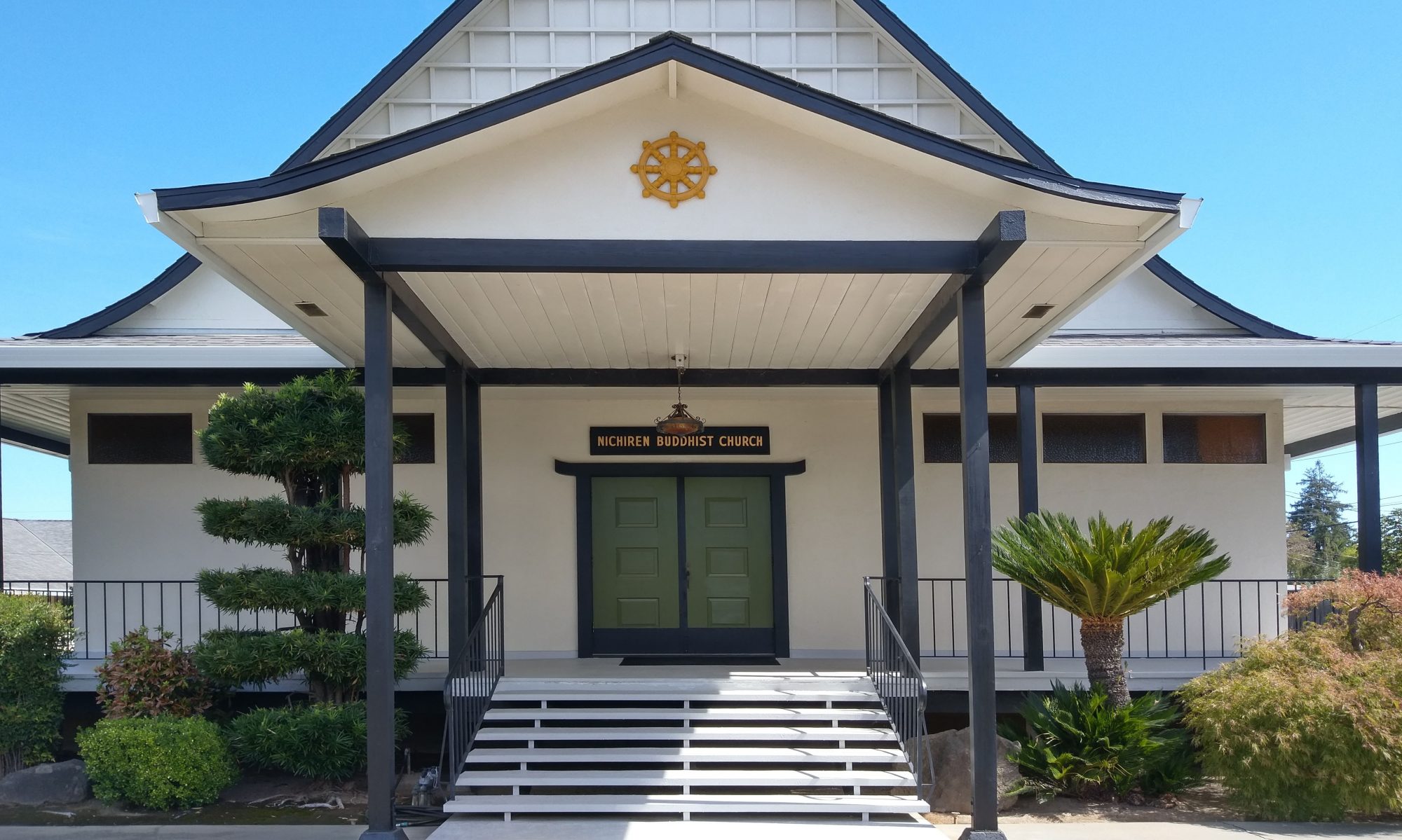With 2016 already over halfway over, we are quickly approaching obon, one of the most widely recognized Buddhist events of the year. The event lasts for approximately three days, during which time our ancestors will pay us a visit to our homes. We humans will come into contact with spirits living outside the realm of human beings, such as the world of the heavenly beings. To better understand this, I would like you to first consider the two realms that we often think to be complete opposites: gokuraku (the Pure Land of the Buddha) and jigoku (hell).
Nichiren Shonin refers to these two realms in Omonsu-dono nyōbō gohenji, which is a letter he wrote to one of his followers. He states, “In answering your question as to where the hotoke (Buddha or those that have attained Enlightenment) reside, there are some who say that they dwell beneath the earth and others that say you may find them in the Pure Land of the Buddha. However, with careful scrutiny, one may find that both jigoku and gokuraku exist within … our physical being.”
To better explain the differences between gokuraku and jigoku, I would like to tell you a story, first told by a Buddhist priest in Thailand. There was once an old lady, known by everyone in her town for her compassionate nature. When a person needed help with a task, she would assist them to the best of her ability, never refusing anyone. The old lady eventually passed away, at which point she started her 49-day journey (which I previously explained). Finally on the 49th day, she arrived in front of the final judge, who told her to choose one of the six gates leading to the six different spiritual realms. Aware of her many good deeds, the judge reassured her that whichever gate she chose would inevitably lead her to gokuraku. However, upon hearing this, the old lady made a special request to see if she could see jigoku, before ultimately entering gokuraku. The judge hesitated, yet ultimately agreed on the condition that a bodhisattva would accompany her there. The old lady traveled with the bodhisattva and entered jigoku, to find that it was around mealtime. They peered into the dining room and watched as an elaborate feast appeared on the table. A bell rang, signaling the beginning of the mealtime. At that moment, the doors of the dining room flung open as the spirits entered, shouting that they were hungry and wanted to eat. The moment they sat down, they were immediately strapped in their seats, restraining their movement. Eager to eat, they quickly grabbed the approximately six-feet long eating utensil in front of them, which was also immediately bound to their hand. Each individual tried to eat, but because the utensil was so long, they could not bring the food to their mouth. They continued shouting, each person wanting to eat before the other, yet only succeeding in flipping the dishes of food over. An hour passed, yet not a single person could carry even a morsel of food to their mouth. However, mealtime was done and the food immediately disappeared from the tables. The spirits were unstrapped from their seats and able to let go of their utensils. They were immediately forced out of the dining room, shouting, even more hungry and frustrated than an hour prior. Seeing this upset the old lady, who told the accompanying bodhisattva that she had seen enough and was ready to go to gokuraku. When she entered gokuraku, it was also around mealtime. Upon hearing the bell ring, she entered into the dining room along with the other spirits, to see a huge table with several delectable dishes laid out. Each spirit was strapped to their seat and bound to their six-feet long eating utensil in the same way that she had seen in jigoku. She was led to her seat and sat down, still pondering on how they would eat, especially since she had seen how the spirits in jigoku had struggled to eat under these same conditions. It was at that moment when she realized that a spirit sitting across from her was offering her food using their long eating utensil. She looked around and saw that each spirit was not feeding themselves, but ·another spirit sitting across from them. The old lady graciously accepted her food and also used her own utensils to offer food to the other spirit. An hour later, the bell rang and all the spirits left the room, satisfied and having enjoyed their meal.
In referring back to Nichiren Shonin’s letter, we now understand that Nichiren Shonin is suggesting that jigoku and gokuraku are very similar, yet the difference results from one’s actions and perspectives. In the story, we see that even under the exact same mealtime conditions, what separates the spirits in gokuraku from jigoku is their approach to how they chose to eat their food. We can also apply this same idea to our own world and daily lives. For example, if we were to eat in a similar dining room as that in the story, what would we do? Some individuals might offer you food, as in gokuraku, while others only want food only for themselves. As a result, when our ancestors visit us during obon, we should recognize the similarities we have with them, rather than the differences. Further, it is important to understand that though we live in different worlds, the similarities allow us to provide for our ancestors in the form of our physical offerings of food in front of the Buddhist altar as well as our prayers. My hope is that you will remember this as you prepare to greet your ancestors for obon this year.
Ven. Kenjo lgarashi
July 2016
